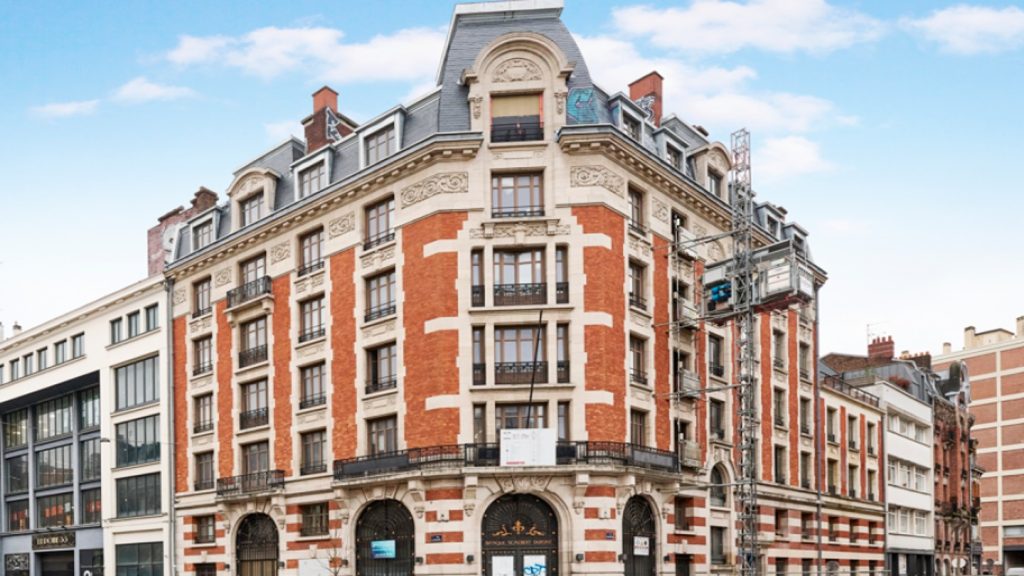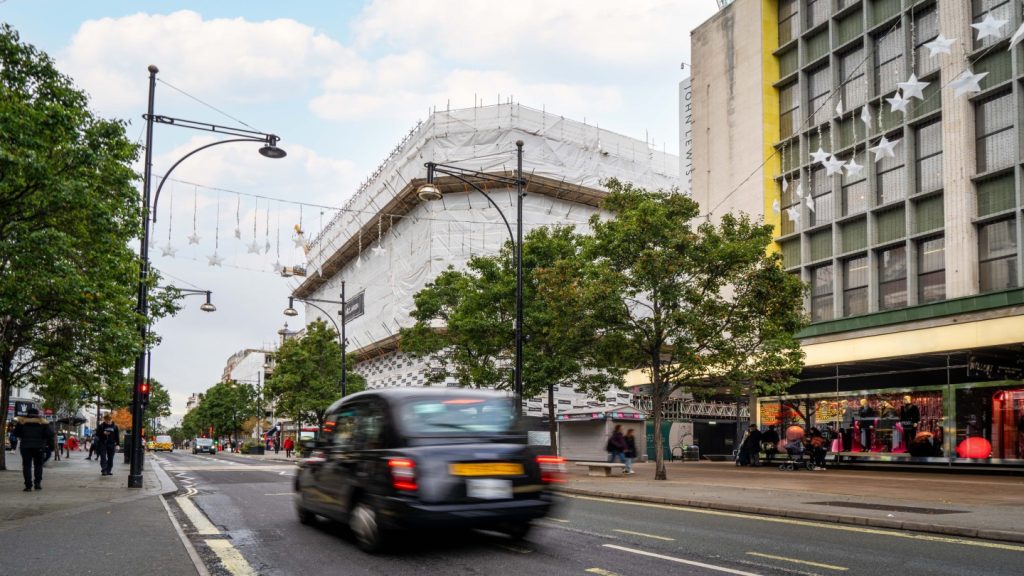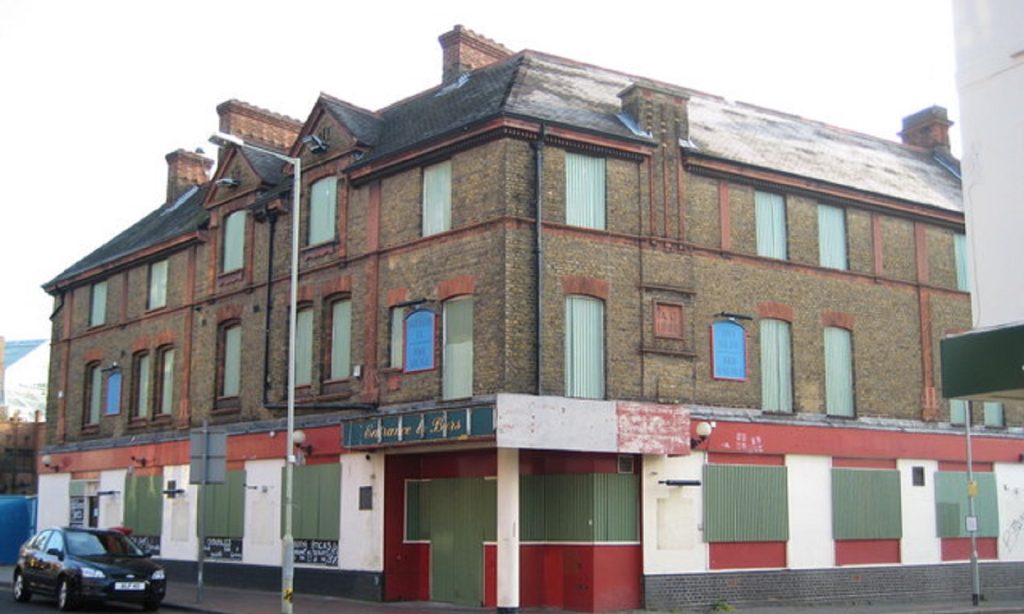In late April 2009, the Office for Metropolitan Architecture’s (OMA) shape-shifting PRADA Transformer pavilion opened in the South Korean capital of Seoul. A temporary structure that will be picked up by four cranes and rotated to fit various cultural projects, the 20m-high Prada Transformer is located next to the 16th century Gyeonghui Palace in the centre of Seoul.
Rem Koolhaas’s OMA is no stranger to Seoul: in 2005, it completed the Seoul National University Museum. The Prada Transformer is an intriguing departure for OMA and has made an impact on the Seoul cityscape. It is also the latest in a series of collaborative projects between the Pritzker Prize winner and Prada. Miuccia Prada compared the Transformer project with 2004’s Prada Epicenter project in Beverly Hills, US, describing it as an "extreme consequence of what we started".
Four venues in one
Rather than creating just one pavilion, Koolhaas and Prada built a multipavilion, one that when rotated changes into a different building and atmosphere. The steel structure is made up of four basic geometric shapes: a circle, a cross, a hexagon and a rectangle, all enclosed by a white translucent frame from Cocoon Holland. The structure is derived from a tetrahedron, allowing each shape to be a potential floor plan. When rotated, each new side operates as a venue for a distinct cultural programme.
Over the next five months, the Prada Transformer was rotated into four different positions to hold a fashion exhibition, a film festival, an art exhibition, and a Prada fashion show for 500 guests.
See Also:
For each new event, the pavilion was flipped over by three cranes. Walls became floors and floors became walls.
How well do you really know your competitors?
Access the most comprehensive Company Profiles on the market, powered by GlobalData. Save hours of research. Gain competitive edge.

Thank you!
Your download email will arrive shortly
Not ready to buy yet? Download a free sample
We are confident about the unique quality of our Company Profiles. However, we want you to make the most beneficial decision for your business, so we offer a free sample that you can download by submitting the below form
By GlobalDataThe rotations
The first event was ‘Waist Down – Skirts by Miuccia Prada’, an ongoing project in collaboration with OMA’s think tank AMO. The exhibition opened on 25 April, showcasing a collection of skirts "in motion", ranging from the first ever Prada show to the present day.
For the second metamorphosis into a cinema that showed a programme of films selected by Alejandro González Iñárritu, the director of Oscar-winning Babel, and co-curated by film critic Elvis Mitchell, the Prada Transformer was rotated from a hexagonal floorplan to a rectangle.
The third stage of transformation, for the art installation "Turn into Me" by Nathalie Djurberg and curated by the Fondazione Prada, took place in mid-August.
For its final incarnation, the Prada Foundation will present "Beyond Control", an exhibition curated by Germano Celant, which will transform the interior of the building into a selection of works by some of the most significant contemporary artists.
Design hybrid
The Prada Transformer project was led by Koolhaas with associates Kunle Adeyemi and Chris van Duijn, and design architect Alexander Reichert. It was built with the support of LG Electronics, Hyundai Motor Company and Red Resource Inc.
"Rather than having one average condition, we conceived a pavilion that by simply rotating it acquires a different character and accommodates different needs," explains Koolhaas. "The project is exciting to us because it is the first hybrid between Prada fashion and the Prada Foundation."







